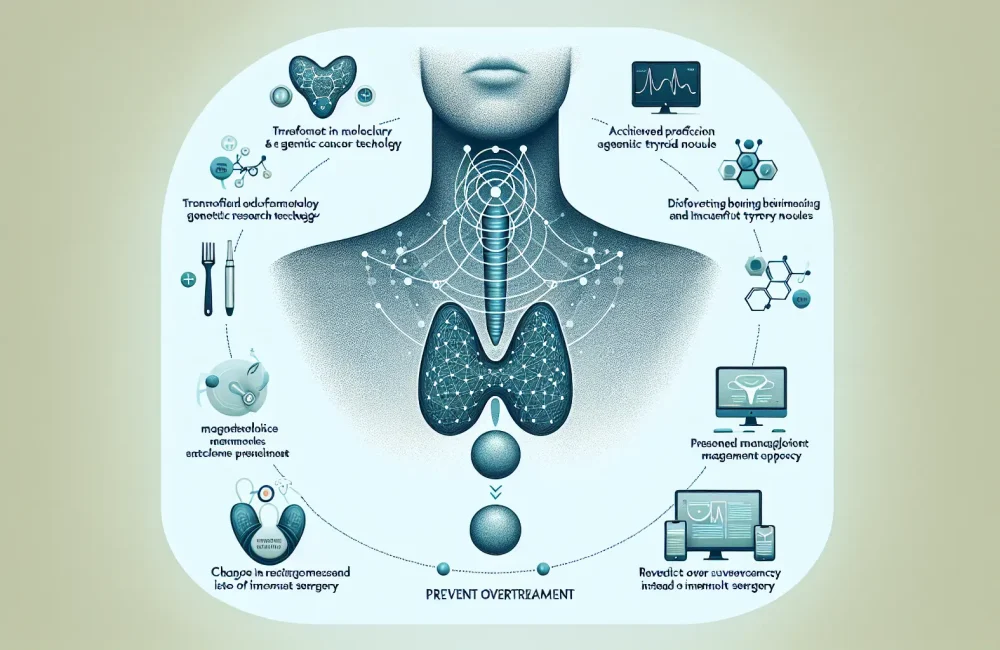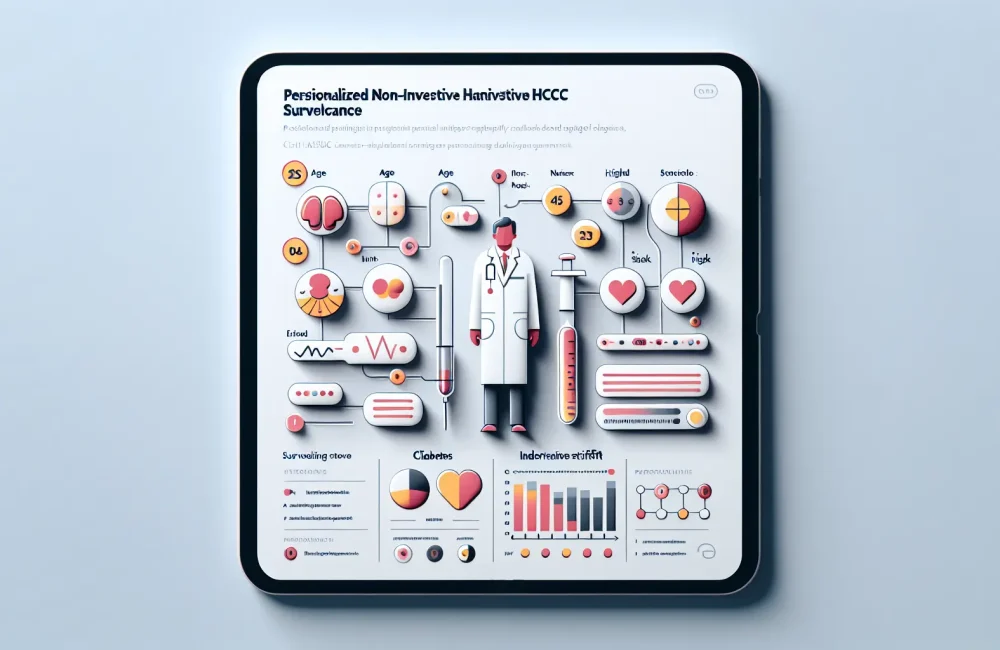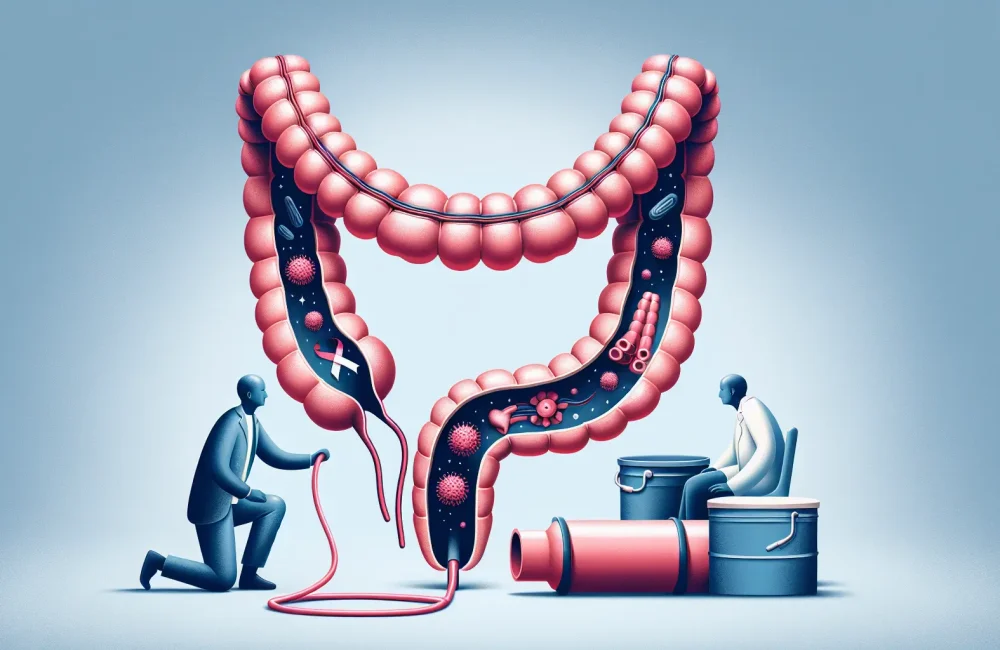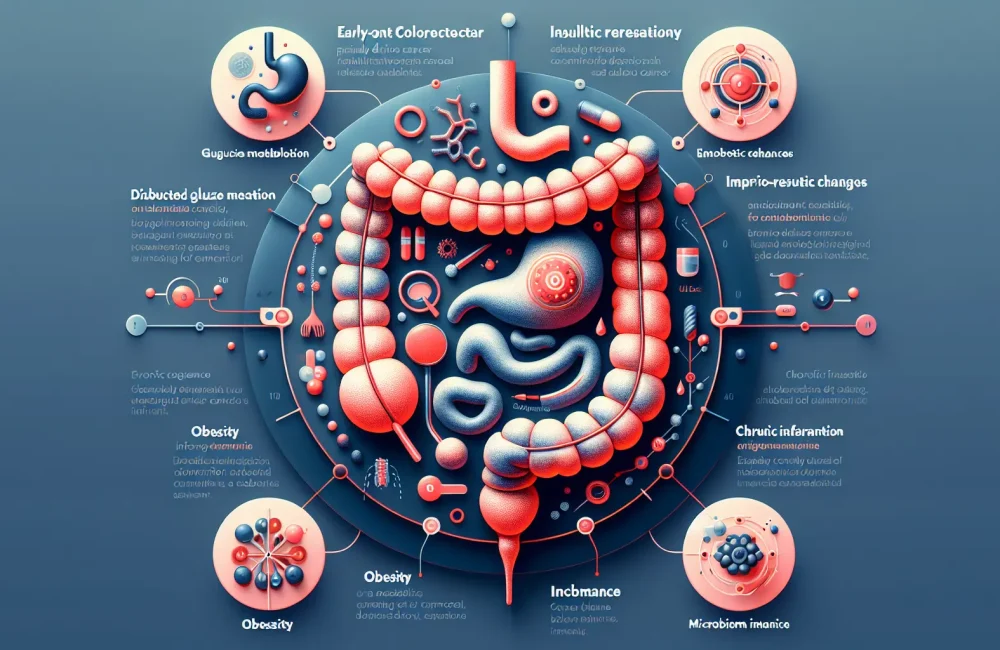By CAFMI AI From JAMA
Elevated Cancer Risks Associated with CT Imaging
Recent research has brought to light an important concern regarding the use of computed tomography (CT) scans and their association with cancer risk. This comprehensive study analyzed data from diverse populations undergoing diagnostic imaging and found that the incidence of cancer linked to CT scan radiation exposure is higher than previously reported. Significantly, the study emphasizes that current risk models may undervalue the carcinogenic potential of radiation emitted through CT scans. This is particularly concerning for younger patients and those who require frequent imaging, as cumulative exposure increases their risks. For clinicians, this finding underscores the necessity to critically assess the indications for CT scans and to consider the potential long-term oncogenic implications alongside the immediate diagnostic benefits. It also highlights the urgency for educating medical professionals about these risks to foster judicious use of CT scans in clinical practice.
Balancing Benefits and Risks in CT Scan Use
The clinical implications of these findings are substantial for healthcare providers, especially in primary care and diagnostic specialties. CT scans provide invaluable diagnostic information that can guide treatment decisions; however, the elevated cancer risk calls for a more nuanced approach in patient management. The study advocates strict adherence to established clinical guidelines that recommend CT imaging only when clearly indicated. For patients with non-urgent conditions or where alternative imaging modalities like ultrasound or magnetic resonance imaging (MRI) can provide sufficient diagnostic clarity without radiation exposure, these alternatives should be prioritized. Furthermore, this analysis draws attention to the critical role of informed consent discussions, wherein clinicians should transparently communicate the potential risks and benefits of CT scans to patients. This empowers patients to make better-informed decisions about their care and may reduce unnecessary imaging.
Future Directions and Preventative Strategies
Looking ahead, the medical community is urged to invest in developing and implementing lower-radiation CT technologies and to expand research into the long-term oncological outcomes of imaging practices. Enhanced training programs for radiologists and referring physicians could further refine patient selection and imaging protocols to minimize unnecessary radiation exposure. Additionally, public health policies might consider the inclusion of radiation exposure monitoring as part of patient health records to better track cumulative doses over time. These steps collectively aim to mitigate the potential cancer risks while preserving the diagnostic benefits that CT scans offer, ultimately improving patient safety and outcomes.
Read The Original Publication Here






